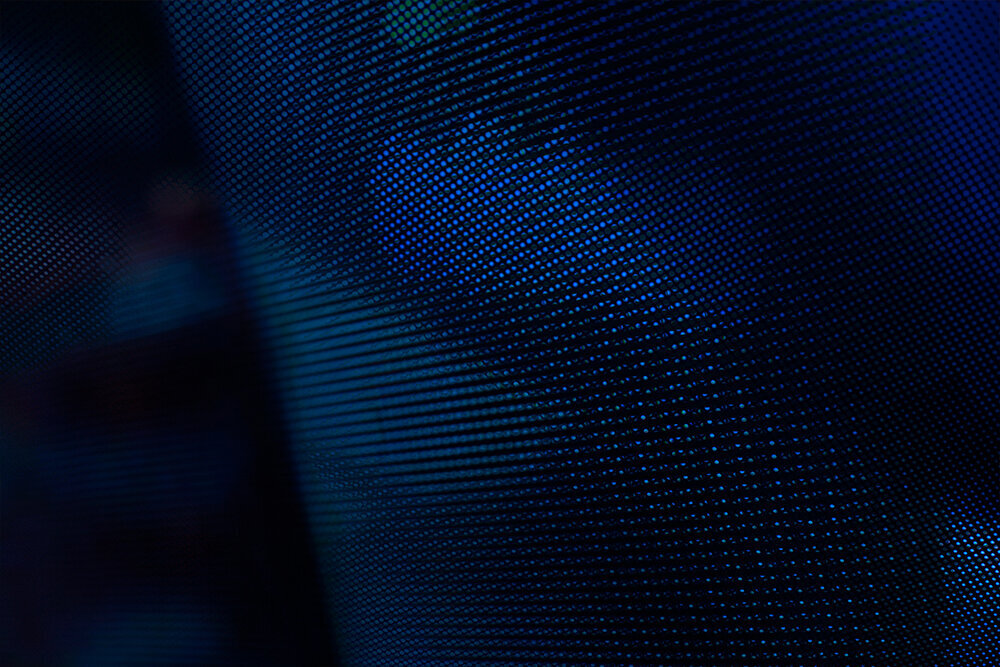
Obstruction of Justice: Legal Challenges
to 18 U.S.C. § 1512(c)
March 2024
Update: Since this article was written, there have been newer developments in the law. For more on that, you can read our analysis of United States v. Fischer.
————————————-
To view a pdf version of this article, please click here.
The federal crime of obstructing justice has been heavily featured in recent news, and on April 16, 2024, the Supreme Court will take up this question: Does 18 U.S.C. § 1512(c) — the primary federal obstruction statute — apply to “acts unrelated to investigations and evidence”? [1]
In Fischer v. United States, the petitioner contends that § 1512(c) does not apply broadly to all obstructive conduct; instead, he argues, it applies “only to acts that affect the integrity or availability of evidence.” Under that view, the statute would not apply to obstructive actions unless they were somehow related to physical records or evidence, but most courts have disagreed. The Supreme Court is now poised to decide the issue.
I. 18 U.S.C. § 1512(c)
The law at issue, 18 U.S.C. § 1512(c), reads as follows:
(c) Whoever corruptly-
(1) alters, destroys, mutilates, or conceals a record, document, or other object, or attempts to do so, with the intent to impair the object’s integrity or availability for use in an official proceeding; or
(2) otherwise obstructs, influences, or impedes any official proceeding, or attempts to do so, shall be fined under this title or imprisoned not more than 20 years, or both.
The lower courts have adopted two main views of how to interpret that statutory text. The narrow view holds that Subsection (c)(2) “requires that the defendant have taken some action with respect to a document, record, or other object in order to corruptly obstruct, impede or influence an official proceeding.”[2] As Mr. Fischer argues, this law “applies only to acts that affect the integrity or availability of evidence.”[3]
That view interprets the word “otherwise” in § 1512(c)(2) to imply a relation to the preceding subsection. It treats the two subsections as a pair. After all, Congress implemented this law — through the 2002 Sarbanes-Oxley Act — with a focus on preserving corporate records. So, the reasoning goes, these two provisions form one unit: § 1512(c)(1) prohibits specific types of tampering with documents or records, while § 1512(c)(2) is a catch-all provision designed to prohibit any other type of document-tampering behavior.
Here in the Southern District of Texas, at least one court has taken that view, interpreting Subsection (c)(2) to require “some nexus to tangible evidence, though not necessarily tangible evidence already in existence.”[4] In 2006, the Honorable Judge Nancy Atlas concluded that the most natural reading of § 1512(c)(2) would prohibit acts “similar to but different from” the conduct described in § 1512(c)(1); but she did not go so far as to require tampering with already existing documents.[5]
On the opposite end of the spectrum, many courts — including the Honorable Judge Gray Miller, also in the Southern District of Texas — have concluded that Subsection (c)(2) “exists as a potent, independent, and unequivocal catch-all provision that reaches all manner of obstructive conduct related to an official proceeding.”[6] As the United States argues in Fischer, this law “functions as a catchall offense designed to ensure complete coverage of all forms of corrupt obstruction of an official proceeding.”[7] And it appears “the vast majority of courts,” including several federal circuits, “have adopted [this] natural, broad reading of § 1512(c)(2).”[8]
The D.C. Circuit reached that very conclusion in Fischer, which arose from the prosecution of defendants charged with assaulting police officers at the United States Capitol on January 6, 2021. In resolving Fischer, the D.C. Circuit adopted the expansive interpretation, concluding that § 1512(c)(2) “prohibits all acts that obstruct, influence, or impede any official proceeding or attempt to do so, beyond the document or object-related acts that are already covered by § 1512(c)(1).”[9] In the court’s view, the word “otherwise” means “in a different manner,” so § 1512(c)(2) sweeps in all obstructive conduct not already covered by § 1512(c)(1).
Judge Gregory Katsas, however, dissented and called the expansive interpretation “implausibly broad and unconstitutional in a significant number of its applications.”[10] Judge Justin Walker also wrote separately to say that the court should have gone further and also interpreted the statute’s use of the word “corruptly,” because an incorrect interpretation could give this law a “breakthtaking scope.”[11]
II. Preserving Challenges
As federal judges continue to disagree on the correct interpretation, and at least until the Supreme Court decides Fischer, defendants should argue for a narrow construction of 18 U.S.C. § 1512(c)(2). Even in circuits with adverse precedent, there may be room to challenge the definition of “corruptly,” including interpretations that would render § 1512(c) unconstitutionally vague or overbroad.
[1] Fischer v. US, No. 23-5572.
[2] United States v. Miller, 589 F. Supp. 3d 60, 78 (D.D.C. 2022) (emphasis added), rev’d sub nom United States v. Fischer, 64 F.4th 329 (D.C. Cir. 2023).
[3] Br. of Pet. Joseph Fischer at 8 (Jan. 29, 2024).
[4] United States v. Singleton, 2006 WL 1984467, at *12 (S.D. Tex. July 14, 2006) (Atlas, J.).
[5] Id., *9–12.
[6] United States v. De Bruhl-Daniels, 491 F. Supp. 3d 237, 251 (S.D. Tex. 2020) (Miller, J.).
[7] Br. of Resp. United States at 12–13 (Feb. 28, 2024).
[8] Fischer, 64 F.4th at 337.
[9] Id. at 344–45.
[10] Id. at 363 (Katsas, J., dissenting).
[11] Id. at 360 (Walker, J., concurring in part and in the judgment).
KHALIL & LAKE is a white-collar litigation boutique focusing on federal criminal law and complex investigations in a variety of business sectors. If you have any questions about these issues, or if you would like a copy of any materials mentioned here, please let us know.
